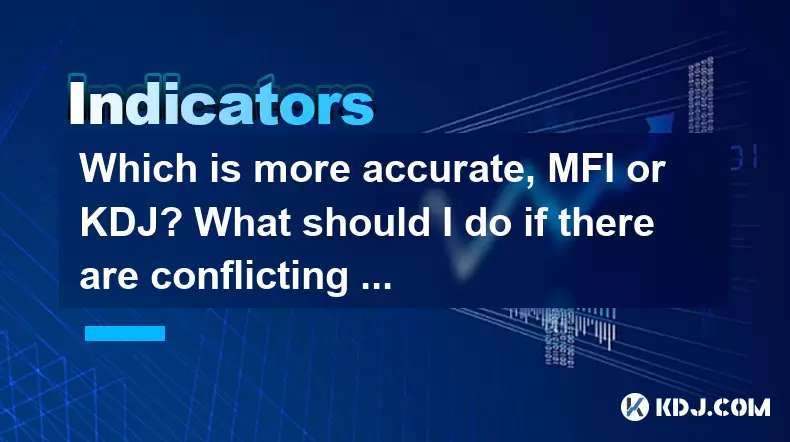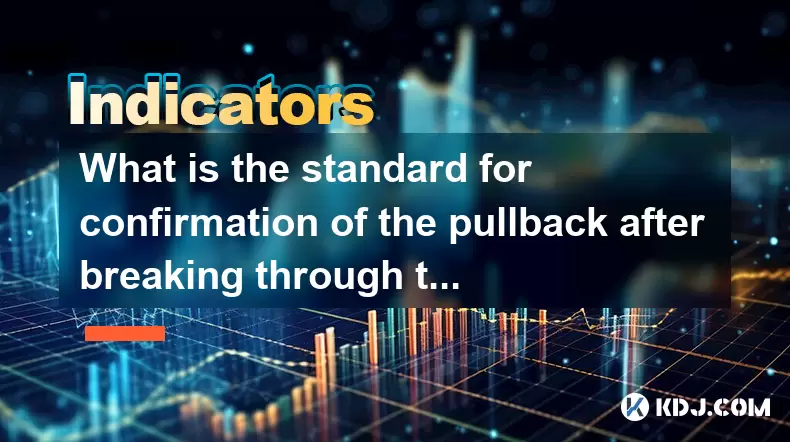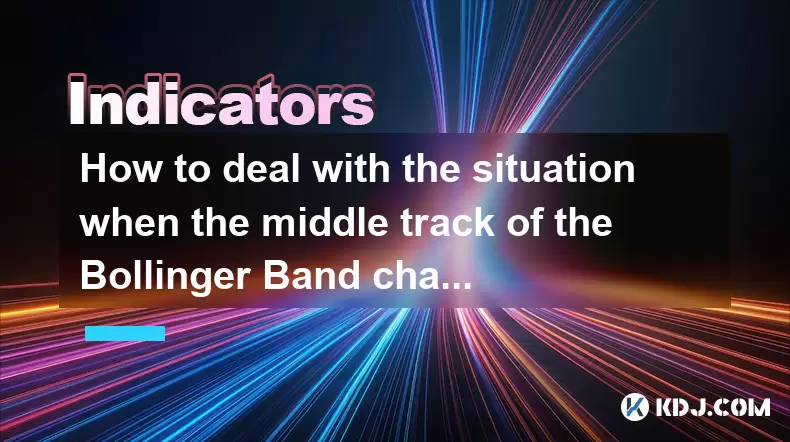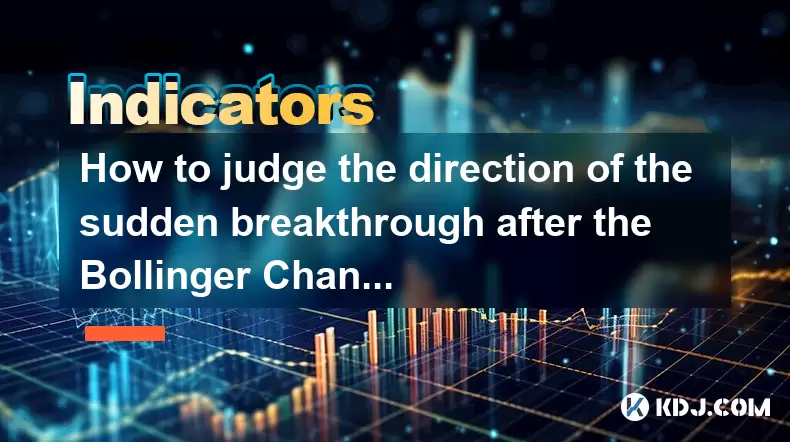-
 Bitcoin
Bitcoin $101,898.5005
-0.75% -
 Ethereum
Ethereum $2,258.1125
-1.07% -
 Tether USDt
Tether USDt $1.0004
0.01% -
 XRP
XRP $2.0178
-2.93% -
 BNB
BNB $624.0243
-1.53% -
 Solana
Solana $134.3298
-0.90% -
 USDC
USDC $0.9999
0.01% -
 TRON
TRON $0.2675
-2.05% -
 Dogecoin
Dogecoin $0.1538
-1.96% -
 Cardano
Cardano $0.5482
-1.11% -
 Hyperliquid
Hyperliquid $35.5636
5.45% -
 Bitcoin Cash
Bitcoin Cash $453.4902
-1.66% -
 Sui
Sui $2.5134
-2.97% -
 UNUS SED LEO
UNUS SED LEO $9.1292
1.77% -
 Chainlink
Chainlink $11.8457
-1.60% -
 Stellar
Stellar $0.2312
-2.73% -
 Avalanche
Avalanche $16.9721
0.29% -
 Toncoin
Toncoin $2.7549
-3.82% -
 Shiba Inu
Shiba Inu $0.0...01081
-1.10% -
 Litecoin
Litecoin $80.8250
-0.71% -
 Hedera
Hedera $0.1374
0.21% -
 Monero
Monero $305.4827
-2.36% -
 Ethena USDe
Ethena USDe $1.0006
0.00% -
 Dai
Dai $1.0000
-0.01% -
 Polkadot
Polkadot $3.2085
-3.12% -
 Bitget Token
Bitget Token $4.0845
-3.13% -
 Uniswap
Uniswap $6.3353
-1.63% -
 Pi
Pi $0.5085
-0.70% -
 Pepe
Pepe $0.0...08913
-3.82% -
 Aave
Aave $232.7090
-0.58%
Which is more accurate, MFI or KDJ? What should I do if there are conflicting signals between the two?
MFI and KDJ indicators help traders gauge market momentum, but they differ in principles and signals, requiring strategic approaches when they conflict.
May 23, 2025 at 04:14 am

Understanding MFI and KDJ Indicators
In the world of cryptocurrency trading, technical indicators play a crucial role in helping traders make informed decisions. Two popular indicators among traders are the Money Flow Index (MFI) and the KDJ Indicator. Both indicators are used to gauge the momentum and potential reversals in the market, but they operate on different principles and provide different insights. The question often arises: which one is more accurate, and what should one do when these indicators give conflicting signals?
What is the Money Flow Index (MFI)?
The Money Flow Index (MFI) is a momentum indicator that measures the inflow and outflow of money into a security over a specific period. It is often referred to as a volume-weighted relative strength index (RSI) because it incorporates both price and volume data. The MFI ranges between 0 and 100 and is typically used to identify overbought and oversold conditions in the market.
- Overbought Condition: When the MFI exceeds 80, it suggests that the asset may be overbought and a price correction could be imminent.
- Oversold Condition: When the MFI drops below 20, it indicates that the asset may be oversold and a price rebound might occur.
The MFI is calculated using the typical price (the average of the high, low, and closing prices) and the volume of the asset. The formula involves several steps, but the essence is to compare positive money flow (when the typical price rises) with negative money flow (when the typical price falls).
What is the KDJ Indicator?
The KDJ Indicator, also known as the Stochastic Oscillator, is another momentum indicator that is used to predict price reversals. It consists of three lines: the K line, the D line, and the J line. The K and D lines are similar to the stochastic oscillator, while the J line is a more sensitive derivative of the K and D lines.
- K Line: Measures the current price relative to the high-low range over a specific period.
- D Line: A moving average of the K line, which smoothens the K line's fluctuations.
- J Line: A calculated value that is more sensitive to price movements and often used to identify overbought and oversold conditions more quickly.
The KDJ indicator ranges between 0 and 100, similar to the MFI. When the KDJ lines move above 80, it indicates an overbought condition, and when they fall below 20, it suggests an oversold condition. Traders often look for crossovers between the K and D lines to identify potential buy or sell signals.
Comparing MFI and KDJ: Which is More Accurate?
Determining whether the MFI or KDJ is more accurate depends on various factors, including the trading strategy, the time frame, and the specific cryptocurrency being analyzed. Both indicators have their strengths and weaknesses.
MFI Strengths: The MFI is particularly useful for traders who consider volume as an important factor in their analysis. It can provide early signals of potential reversals, especially in markets with high trading volumes. The MFI's incorporation of volume data makes it more reliable in identifying true overbought and oversold conditions.
MFI Weaknesses: However, the MFI can be less effective in low-volume markets or during periods of low liquidity. It may also generate false signals if the market experiences sudden spikes in volume that do not correspond to genuine price movements.
KDJ Strengths: The KDJ indicator is highly sensitive to price movements, making it ideal for short-term trading and quick identification of potential reversals. Its multiple lines provide more detailed signals, allowing traders to fine-tune their entry and exit points.
KDJ Weaknesses: The KDJ's sensitivity can also be a drawback, as it may produce more false signals in volatile markets. Additionally, the KDJ does not consider volume, which can limit its effectiveness in certain market conditions.
Dealing with Conflicting Signals Between MFI and KDJ
When the MFI and KDJ indicators provide conflicting signals, traders need to employ a strategic approach to resolve the discrepancy. Here are some steps to consider:
Assess the Time Frame: Different time frames can produce different signals. If the MFI and KDJ are giving conflicting signals on a short-term chart, consider looking at a longer-term chart to see if the signals align better.
Evaluate Market Conditions: Consider the overall market conditions, such as trends, volatility, and liquidity. In a highly volatile market, the KDJ's sensitivity might lead to more false signals, while the MFI might be more reliable due to its volume component.
Use Additional Indicators: To confirm or refute the signals, use additional technical indicators such as the Moving Average Convergence Divergence (MACD), Bollinger Bands, or the Relative Strength Index (RSI). These can provide further insights into market momentum and potential reversals.
Consider Fundamental Analysis: Sometimes, technical indicators alone may not be enough. Incorporate fundamental analysis, such as news events, market sentiment, and cryptocurrency-specific developments, to gain a more comprehensive understanding of the market.
Trade with Caution: If the conflicting signals persist, it may be wise to trade with caution or wait for clearer signals. Avoid making impulsive decisions based on one indicator alone, especially when the other indicator contradicts it.
Practical Application of MFI and KDJ in Trading
To effectively use the MFI and KDJ indicators in trading, follow these practical steps:
Set Up Your Chart: Open your trading platform and add the MFI and KDJ indicators to your chart. Ensure you are using the appropriate time frame for your trading strategy.
Monitor the MFI:
- Watch for the MFI to cross above 80 or below 20 to identify potential overbought or oversold conditions.
- Look for divergences between the MFI and the price action, as these can signal upcoming reversals.
Monitor the KDJ:
- Pay attention to crossovers between the K and D lines. A bullish crossover (K line crossing above the D line) can indicate a potential buying opportunity, while a bearish crossover (K line crossing below the D line) might signal a selling opportunity.
- Monitor the J line for early signals of overbought or oversold conditions.
Combine Signals:
- If both the MFI and KDJ indicate an overbought condition, consider it a stronger signal to sell or take profits.
- Conversely, if both indicators show an oversold condition, it might be a good time to buy or enter a long position.
Use Stop-Loss Orders: Always use stop-loss orders to manage risk, especially when trading based on technical indicators. This can help minimize losses if the market moves against your position.
Review and Adjust: Regularly review your trades and adjust your strategy as needed. Keep a trading journal to track your decisions and outcomes, which can help you refine your approach over time.
Frequently Asked Questions
Q1: Can MFI and KDJ be used together with other technical indicators?
Yes, both MFI and KDJ can be effectively used in conjunction with other technical indicators. Combining them with indicators like MACD, RSI, and Bollinger Bands can provide a more comprehensive view of market conditions and help confirm trading signals.
Q2: How does the time frame affect the accuracy of MFI and KDJ?
The time frame can significantly impact the accuracy of both MFI and KDJ. Shorter time frames may produce more frequent signals, but these can be less reliable due to increased volatility. Longer time frames tend to provide more stable and reliable signals, but they may not be as timely for short-term trading.
Q3: Are there specific cryptocurrencies where MFI or KDJ works better?
The effectiveness of MFI and KDJ can vary depending on the liquidity and trading volume of the cryptocurrency. MFI may be more reliable for high-volume cryptocurrencies like Bitcoin and Ethereum, while KDJ might be more suitable for less liquid altcoins where volume data is less reliable.
Q4: How can I avoid false signals from MFI and KDJ?
To avoid false signals, always use multiple indicators to confirm signals, consider the overall market context, and be aware of the time frame you are using. Additionally, avoid over-relying on a single indicator and always use stop-loss orders to manage risk.
Disclaimer:info@kdj.com
The information provided is not trading advice. kdj.com does not assume any responsibility for any investments made based on the information provided in this article. Cryptocurrencies are highly volatile and it is highly recommended that you invest with caution after thorough research!
If you believe that the content used on this website infringes your copyright, please contact us immediately (info@kdj.com) and we will delete it promptly.
- Cryptocurrencies, Coingecko, and Trending Tokens: What's Hot Now?
- 2025-06-23 23:05:12
- FUNToken: Decoding Past Trends and Getting Started in the Gaming Crypto Sphere
- 2025-06-23 22:25:12
- BTC Price Analysis: Navigating Volatility and the Quest for a New ATH
- 2025-06-23 22:25:12
- Genesis, Bitcoin Mining, and Air-Cooled Miners: A New Era?
- 2025-06-23 22:45:12
- Coinbase's Growth and Resilience: Navigating the Crypto Landscape
- 2025-06-23 22:45:12
- Bitcoin Options Market: Bullish Bets Amidst Geopolitical Jitters
- 2025-06-23 22:51:52
Related knowledge

What is the significance of the gap formed by the gap opening not being filled within five days?
Jun 23,2025 at 09:42pm
Understanding Gaps in Cryptocurrency TradingIn the world of cryptocurrency trading, a gap refers to a situation where the price of an asset jumps from one level to another without any trading activity occurring between those two levels. This often happens over weekends or holidays when the market is closed, and significant news or events occur that impa...

What is the standard for confirmation of the pullback after breaking through the neckline with large volume?
Jun 23,2025 at 11:28pm
Understanding the Neckline in Technical AnalysisIn technical analysis, the neckline is a critical support or resistance level that appears in chart patterns such as head and shoulders, double tops, and double bottoms. It typically connects two or more lows (in the case of a head and shoulders top) or highs (in the case of a head and shoulders bottom). W...

How to deal with the situation when the middle track of the Bollinger Band changes from support to resistance?
Jun 23,2025 at 11:22pm
Understanding the Bollinger Band Middle TrackThe Bollinger Band is a widely used technical indicator in cryptocurrency trading. It consists of three lines: the upper band, the lower band, and the middle track, which is typically a 20-period simple moving average (SMA). Traders often rely on the middle track as a dynamic support or resistance level. Howe...

Does the second golden cross of MACD above the zero axis represent the continuation of strength?
Jun 23,2025 at 08:21pm
Understanding the MACD IndicatorThe Moving Average Convergence Divergence (MACD) is a widely used technical analysis tool in cryptocurrency trading. It consists of three main components: the MACD line, the signal line, and the histogram. The MACD line is calculated by subtracting the 26-period Exponential Moving Average (EMA) from the 12-period EMA. The...

How to judge the direction of the sudden breakthrough after the Bollinger Channel narrows to the extreme?
Jun 23,2025 at 11:00pm
Understanding the Bollinger Channel and Its Narrowing PatternThe Bollinger Channel is a widely used technical indicator in cryptocurrency trading, consisting of three bands: the middle band (a simple moving average), and two outer bands that represent standard deviations from the middle line. When the price consolidates for an extended period, the chann...

Is it effective when the DIF line suddenly crosses the zero axis when the volume is shrinking and the market is trading sideways?
Jun 23,2025 at 07:29pm
Understanding the DIF Line in Technical AnalysisThe DIF line, or the Difference Line, is a critical component of the MACD (Moving Average Convergence Divergence) indicator, widely used in technical analysis across cryptocurrency and traditional financial markets. It represents the difference between the 12-period EMA (Exponential Moving Average) and the...

What is the significance of the gap formed by the gap opening not being filled within five days?
Jun 23,2025 at 09:42pm
Understanding Gaps in Cryptocurrency TradingIn the world of cryptocurrency trading, a gap refers to a situation where the price of an asset jumps from one level to another without any trading activity occurring between those two levels. This often happens over weekends or holidays when the market is closed, and significant news or events occur that impa...

What is the standard for confirmation of the pullback after breaking through the neckline with large volume?
Jun 23,2025 at 11:28pm
Understanding the Neckline in Technical AnalysisIn technical analysis, the neckline is a critical support or resistance level that appears in chart patterns such as head and shoulders, double tops, and double bottoms. It typically connects two or more lows (in the case of a head and shoulders top) or highs (in the case of a head and shoulders bottom). W...

How to deal with the situation when the middle track of the Bollinger Band changes from support to resistance?
Jun 23,2025 at 11:22pm
Understanding the Bollinger Band Middle TrackThe Bollinger Band is a widely used technical indicator in cryptocurrency trading. It consists of three lines: the upper band, the lower band, and the middle track, which is typically a 20-period simple moving average (SMA). Traders often rely on the middle track as a dynamic support or resistance level. Howe...

Does the second golden cross of MACD above the zero axis represent the continuation of strength?
Jun 23,2025 at 08:21pm
Understanding the MACD IndicatorThe Moving Average Convergence Divergence (MACD) is a widely used technical analysis tool in cryptocurrency trading. It consists of three main components: the MACD line, the signal line, and the histogram. The MACD line is calculated by subtracting the 26-period Exponential Moving Average (EMA) from the 12-period EMA. The...

How to judge the direction of the sudden breakthrough after the Bollinger Channel narrows to the extreme?
Jun 23,2025 at 11:00pm
Understanding the Bollinger Channel and Its Narrowing PatternThe Bollinger Channel is a widely used technical indicator in cryptocurrency trading, consisting of three bands: the middle band (a simple moving average), and two outer bands that represent standard deviations from the middle line. When the price consolidates for an extended period, the chann...

Is it effective when the DIF line suddenly crosses the zero axis when the volume is shrinking and the market is trading sideways?
Jun 23,2025 at 07:29pm
Understanding the DIF Line in Technical AnalysisThe DIF line, or the Difference Line, is a critical component of the MACD (Moving Average Convergence Divergence) indicator, widely used in technical analysis across cryptocurrency and traditional financial markets. It represents the difference between the 12-period EMA (Exponential Moving Average) and the...
See all articles
























































































